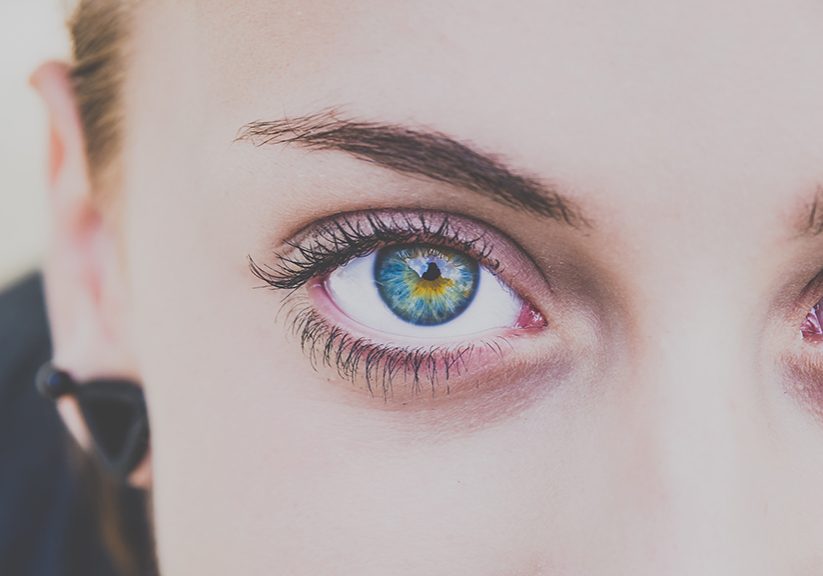
Center Composition: When and How to Use It in Photography
Explore the art of center composition in photography, understanding its impact and the best scenarios to employ this framing technique.
Learn | By Judyth Satyn
This is a guide to center composition: when and how to use it in photography.
Most photographers know the rule of thirds, negative space, and leading lines.
However, since center compositions are considered to be static and boring, they are often overlooked.
However, there are many powerful, enigmatic images that use center composition.
Placing your subject in the middle of your photograph is a key compositional technique in photography and filmmaking.
Read on to learn how to make your photography compelling and meaningful using center composition.
Table of Contents
What is Center Composition in Photography?
Center composition is the intentional placement of a subject in the middle of a composition.
This draws the viewer’s attention to the centrally placed subject.
A photo frames a scene and restricts our vision to an enclosed view.
A photographer can further emphasise a theme by using different compositional techniques.
Why Use Center Composition?
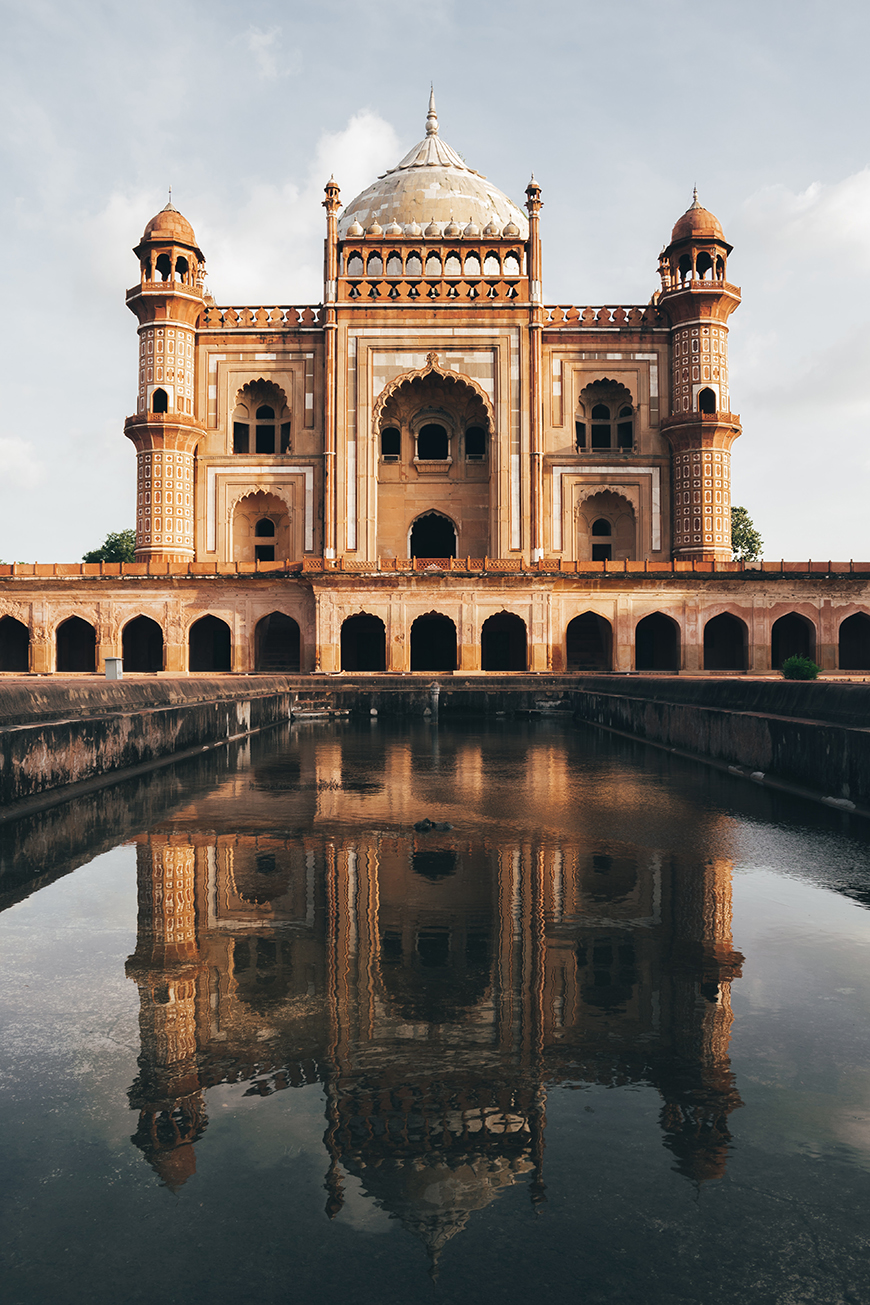
Credit: Fuzail Ahmad
It seems counterintuitive to place the subject centrally when one is accustomed to the rule of thirds.
But can dramatically improve the visual appeal or message of the photo.
Some compositions will simply look visually more appealing with a centrally placed figure.
There are many reasons to use center composition to improve your photography.
Central composition can be used to balance a photo or as a basis to construct a pattern.
A central composition will amplify a subject’s importance, authority or power.
It can be used to amplify intimacy between the viewer and the subject. To amplify the significance of emotions such as pride, loneliness or anger.
If a scene is distracting, a central composition will draw attention to the main subject.
And finally, when an item is centrally placed, it is simple for the viewer to decipher the message.
When and How to Use Center Composition in Photography
So when and how do you use center composition when composing photographs?
Let’s take a look.
1. To construct patterns and symmetry
Centrally placed subjects help photographers construct symmetry and balance a photograph.
It is used when a photographer focuses on symmetry as the main element of their composition.
Placing the subject centrally makes it easier to compose a symmetrically aligned photograph.
2. To portray harmony, peace and balance
Photographers depict harmony and peace by using central placements to balance their compositions.
Peace and harmony are usually associated with balance.
Radial balance is a composition technique. The subject is centrally placed, and all elements radiate from this central point.
This creates a balanced composition that generates a feeling of harmony.
When you wish to convey peaceful themes, you can use central composition to your advantage.
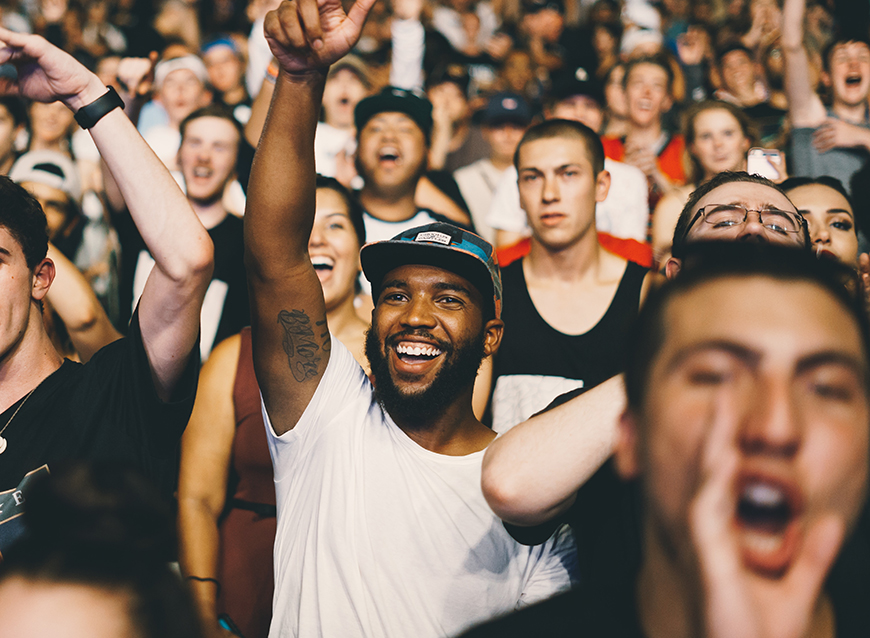
Credit: Nicholas Green
3. When the background is distracting
When the foreground of a photograph is busy, the viewer can become confused. They will be unable to distinguish what the focal point is.
Placing the subject centre stage makes it the most relevant item in the photograph. Instead of being lost in a distracting background, they will be framed by it.
This will demonstrate its importance and lead the viewer’s gaze to focus on the main subject.
If there are distracting elements in a scene, place your subject centrally to help lead the viewer’s eye.
This is also true when the elements in the photo are similar to the subject. For example, a misshaped leaf on a tree or one fisherman in a boat, amongst many.
In these cases placing the main subject off-centre could result in it becoming lost.
4. To emphasise the relationship between the viewer and the subject
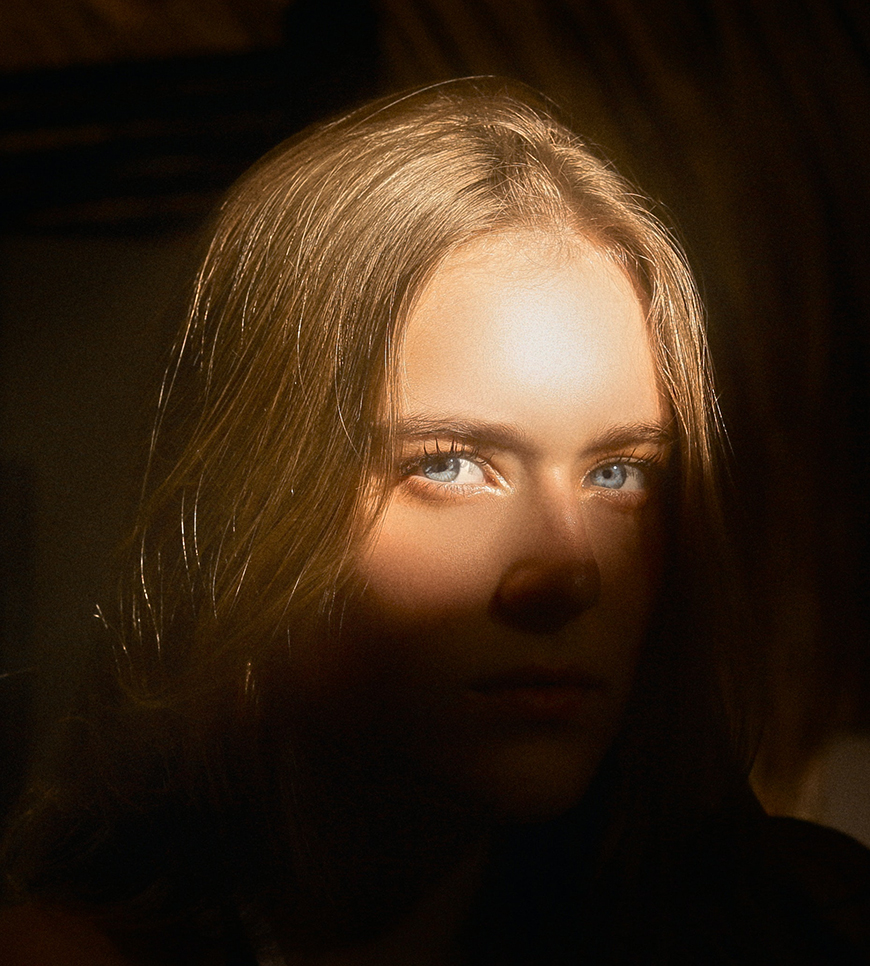
Credit: Jonaorle
A central placement will amplify a subject’s significance.
Central composition creates a more intimate relationship between the viewer and the subject.
This position is more confronting and personal. It is not timid nor hiding in the sidelines.
Photographers use a centrally positioned subject to increase their impact.
If you are shooting portrait photographs, consider using central placement. This will help to generate an intimate connection between the viewer and the subject.
5. When minimalism is a central theme
When shooting minimalist photos, simplicity is key. A centrally placed subject in a negative space is tidy and uncomplicated.
The viewer won’t have to concentrate to decipher the message of the photograph.
Central composition complements the minimalist theme by exaggerating clarity and simplicity.
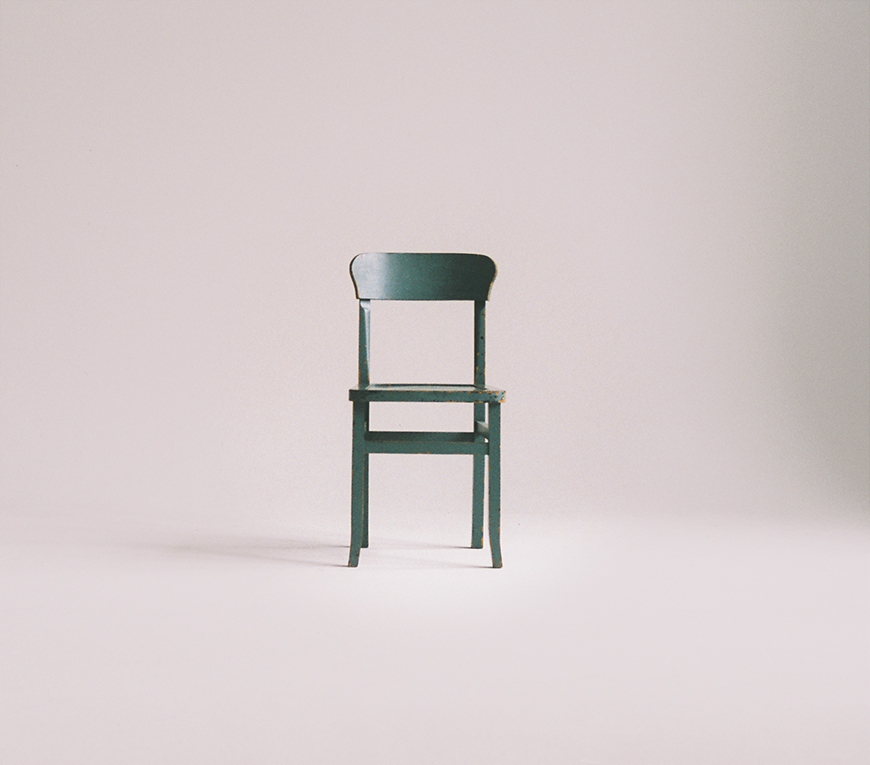
Credit: Paula Schmidt
6. To convey emotions
Photographers use the central composition to amplify a feeling or emotion.
When something is centrally placed, it takes command of the space. This makes its presence more impactful.
By placing a shy passive subject centrally, it will express a sense of intimacy and closeness.
Central composition can be used to amplify emotions of loneliness. A centrally positioned item framed by an empty space will look isolated and lonely.
Central composition can also be used to convey glory and honour.
The winner of a race can be placed centrally to emphasise their achievements.
7. To demonstrate importance
Setting a product or a person centrally will demonstrate its importance.
It can demonstrate independence or power. Use centre placement when you want to communicate authority or importance.
8 Examples of Successful Center Compositions
Here are some photography examples of successful center compositions.
Symmetry and balance
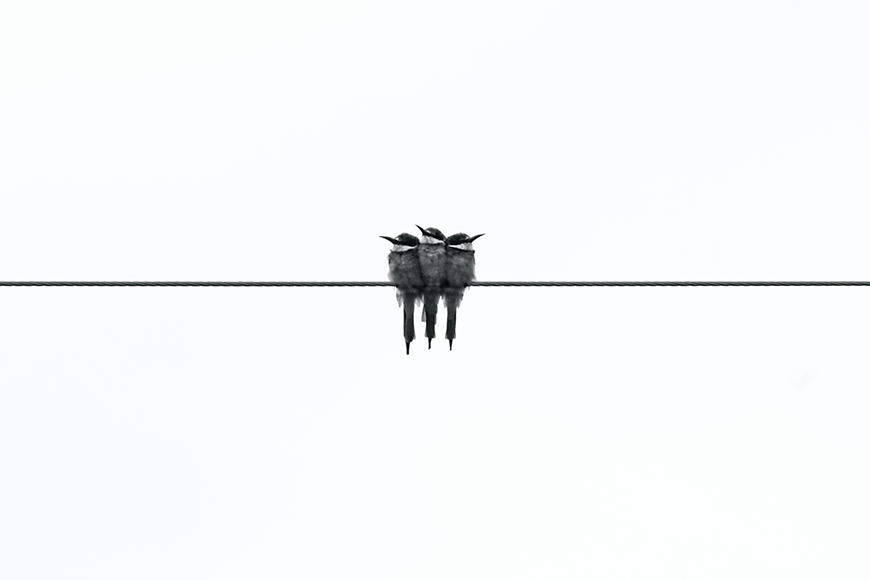
Credit: Glen Carrie
Here balance is created by the use of vertical lines and a centered composition.
The use of a vertical line helps concentrate the viewer’s attention on the subjects.
Portrait
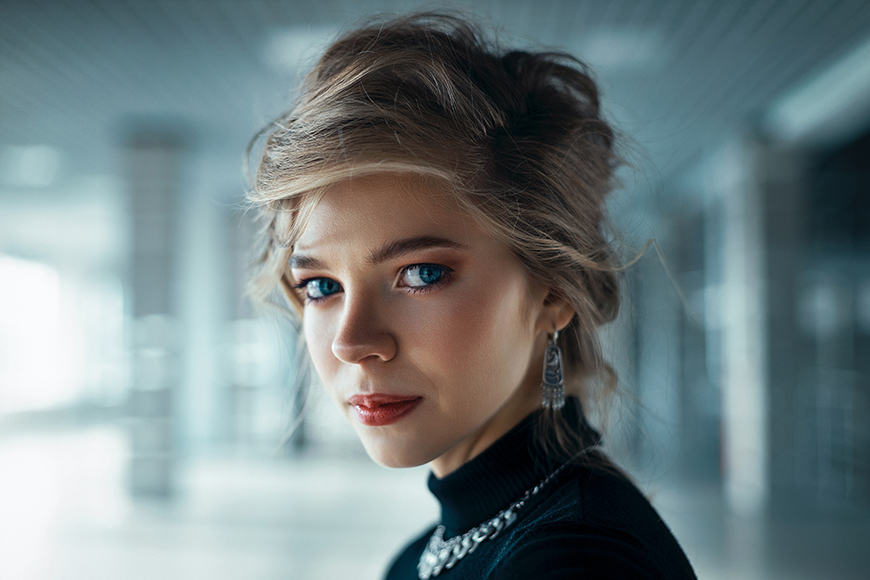
Credit: Andrey Zvyagintsev
Here the subject is placed in such a way that they are the centre of attention.
This creates an intimacy between the viewer and the subject.
Peace and harmony
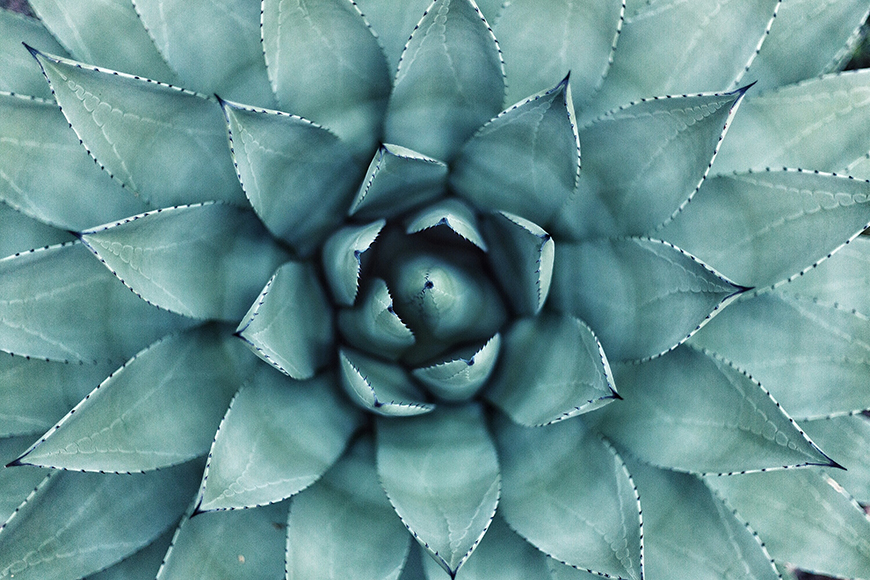
Credit: Erol Ahmed
Images that have well-balanced elements generate a feeling of harmony.
In this photo, radial balance and center composition are combined to create balance.
Demonstrate importance
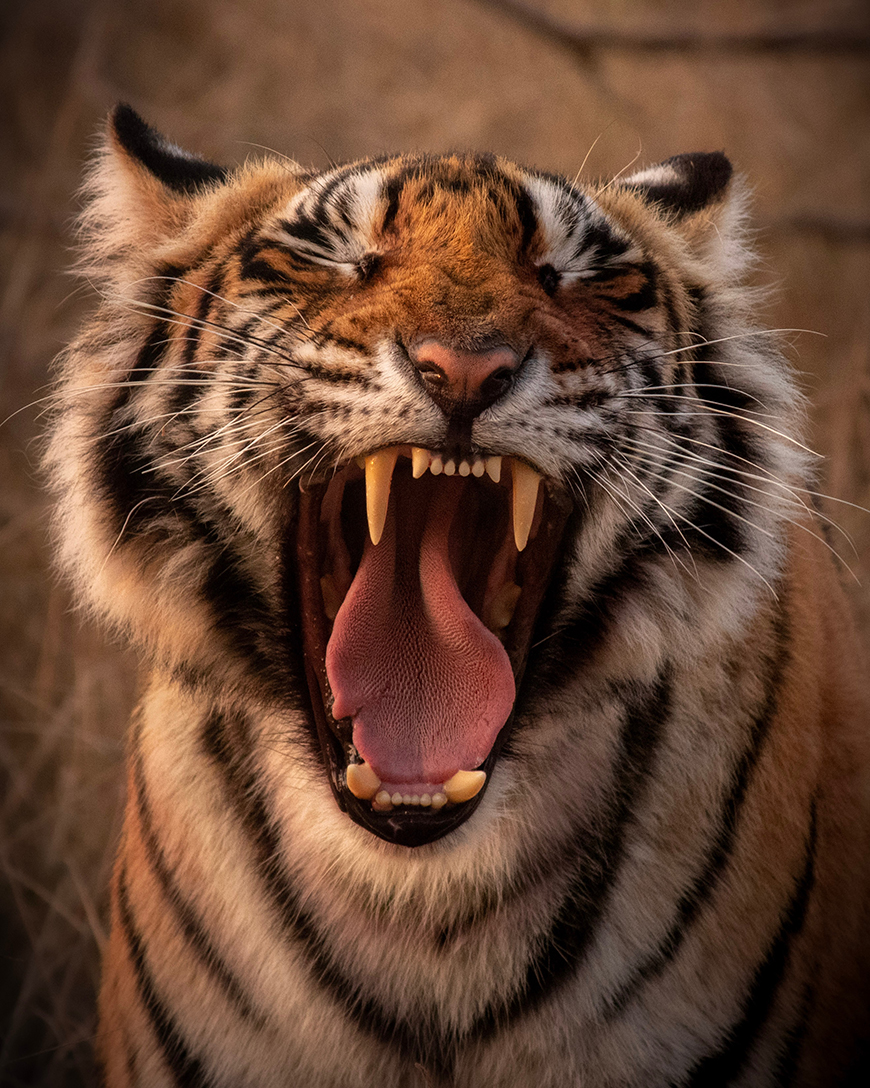
Credit: Kartik Iyer
The centrally placed lion accentuates its importance.
Centrally placing a subject is used to emphasise its importance
Minimalism
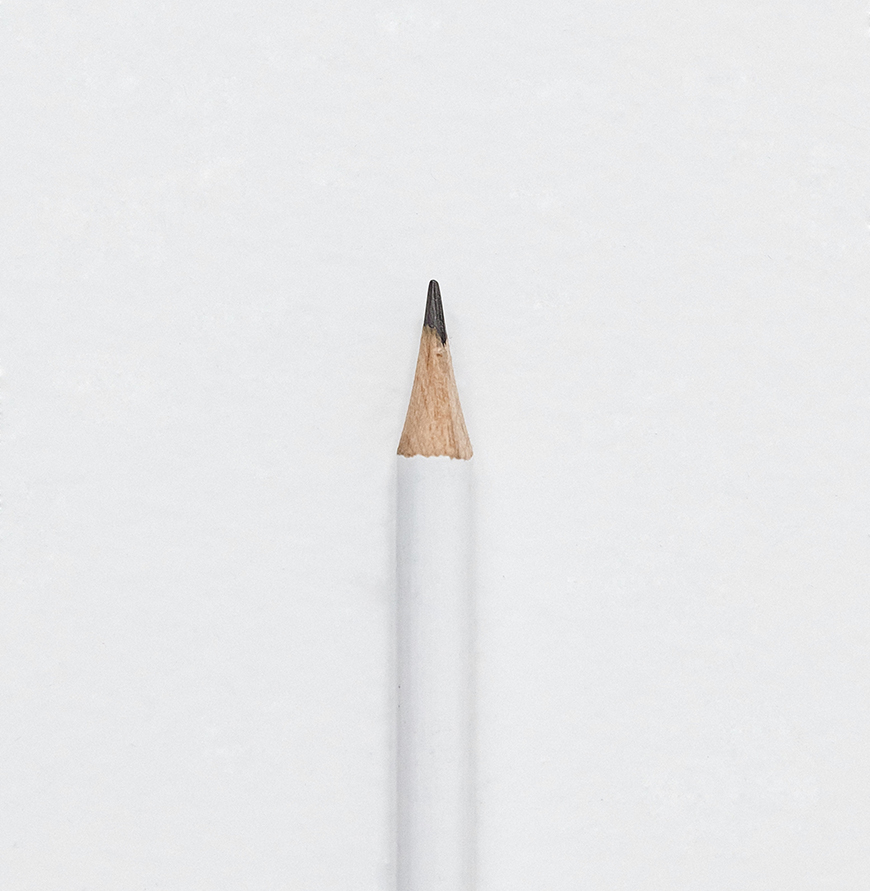
Credit: Yoann Siloine
Center composition can be used as a photography composition to convey simplicity.
Portray Emotion
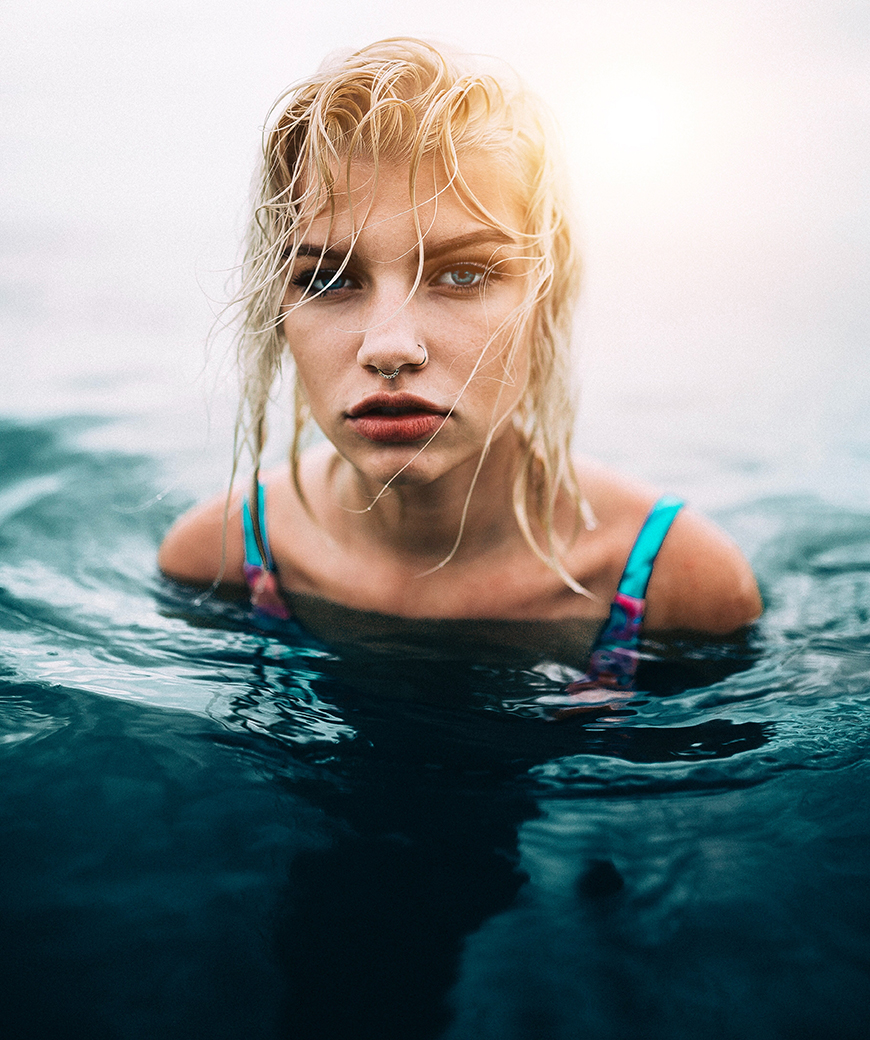
Credit: Alex Perez
In this photo center composition places the subject central stage, giving her expression more relevance.
Leading Lines
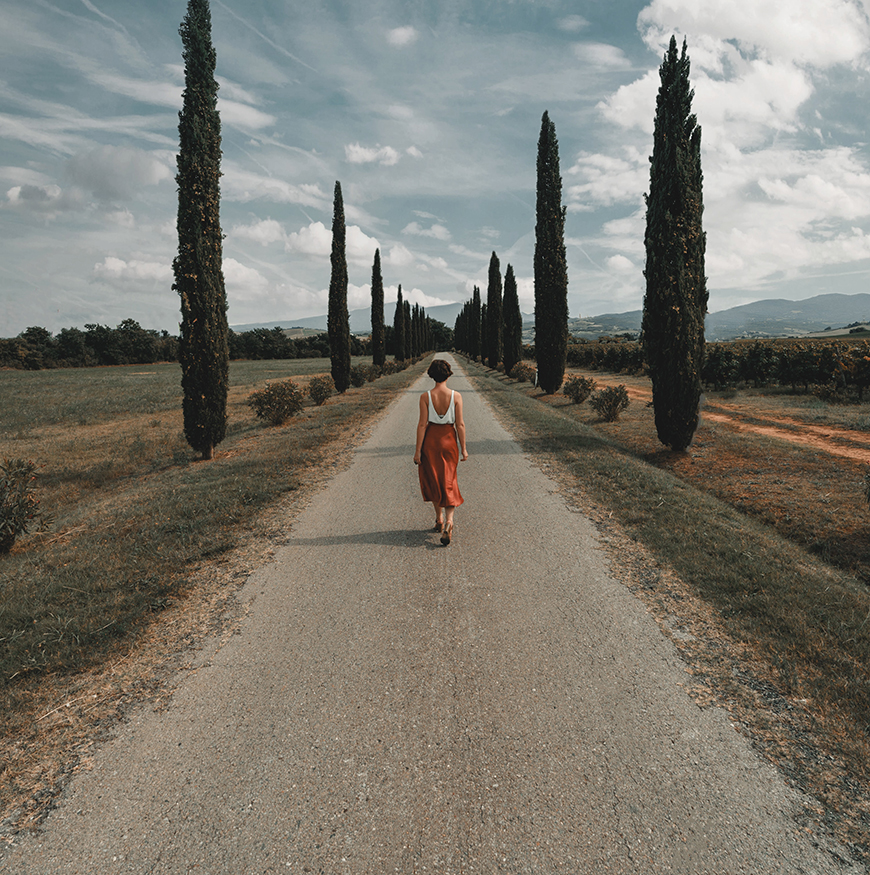
Credit: Clay Banks
Leading lines can be used in combination with central composition.
When staged correctly, center composition will add depth and dimension to the photo.
Landscape

Credit: Aron Visuals
All elements of this composition are aligned centrally to convey balance and harmony.
Center Eye Composition: What It Is and How to Use It
The center eye composition has been used through the ages by both master portrait artists and photographers.
Some of the most compelling portraits of all time use this technique.
The most famous of all paintings, the Mona Lisa by Leonardo da Vinci, uses the central eye position.
Afghan Girl, taken by Steve McCurry, is one of the most emotive photography portraits of this era. McCurry uses centre-eye composition by placing the girl’s dominant eye centrally.
To create a centre-eye composition, one of the subject’s eyes is placed at the centre of the photograph.
it is placed on the central vertical plane, not the horizontal plane. The centrally placed eye is called the dominant eye.
This placement makes the eye the main focus of the composition. When used correctly, this technique creates powerfully expressive portraits.
It is an intimate and engaging technique. The subject does not shy from a central position but takes full command of it.
If executed correctly, the subject’s eye will follow the viewer around the room.
The subject appears to look straight at the viewer and engage them. How’s that for powerful? There will be no escape from their gaze.
It is as if the subject is in the room and notices those who pass by or stop to view their portrait.
So how do you use it in photography?
1. When to use Center Eye Composition
Use center eye compositions to engage the viewer with the subject on a deeper, more personal level.
The viewer also can not shy away from the subject. They have to engage the subject on a personal level.
This creates a strong connection between the viewer and the subject.
The eyes are the gateway to the soul and emotionally engaging. The eyes communicate expressions of sadness, joy, suspicion or anger.
The window to the soul is through the eyes, so by making them central, they become the main subject of the portrait.
2. Position the Subject’s Eye at the Center of the Vertical Plane
When photographing a subject, position them centrally in the frame.
If you don’t achieve an exact central position, don’t fret. Take the shot so there is extra background space so you can crop the image post-production
3. Experiment with Poses
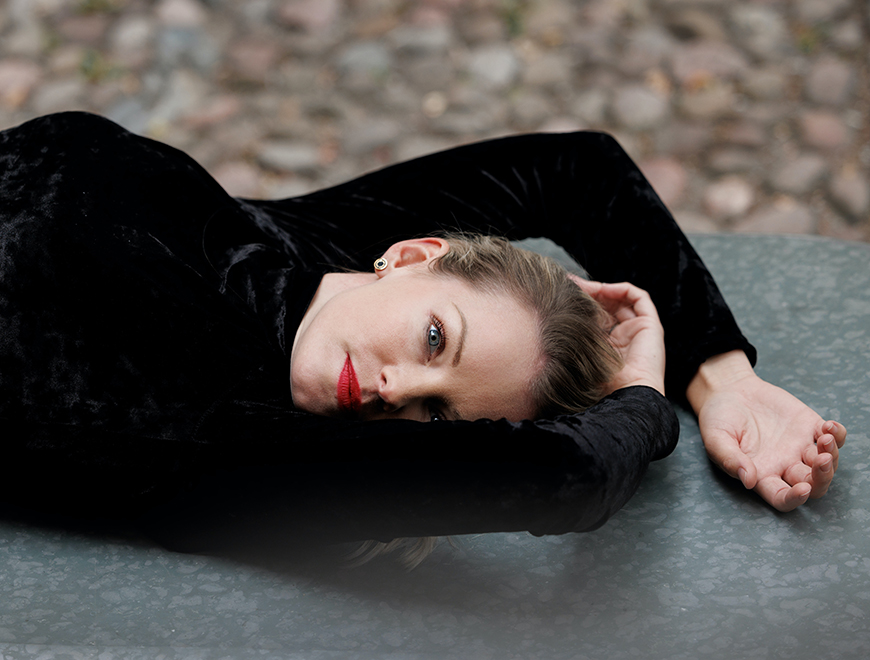
Credit: Urban Gyllstrom
Don’t get stuck shooting stoic stiff poses when working to achieve a center eye composition.
The subject can be in different positions. They do not need to be facing the camera.
It is possible to take photos when the subject is half turned away from the camera.
4. Experiment with Gaze Direction
The eyes don’t need to be looking at the camera. They can be centrally placed but looking to the side.
When the subject is not looking directly at the camera, it creates a less intense stance. One that is less confronting to the viewer.
5. Be Mindful of the Subject’s Expression
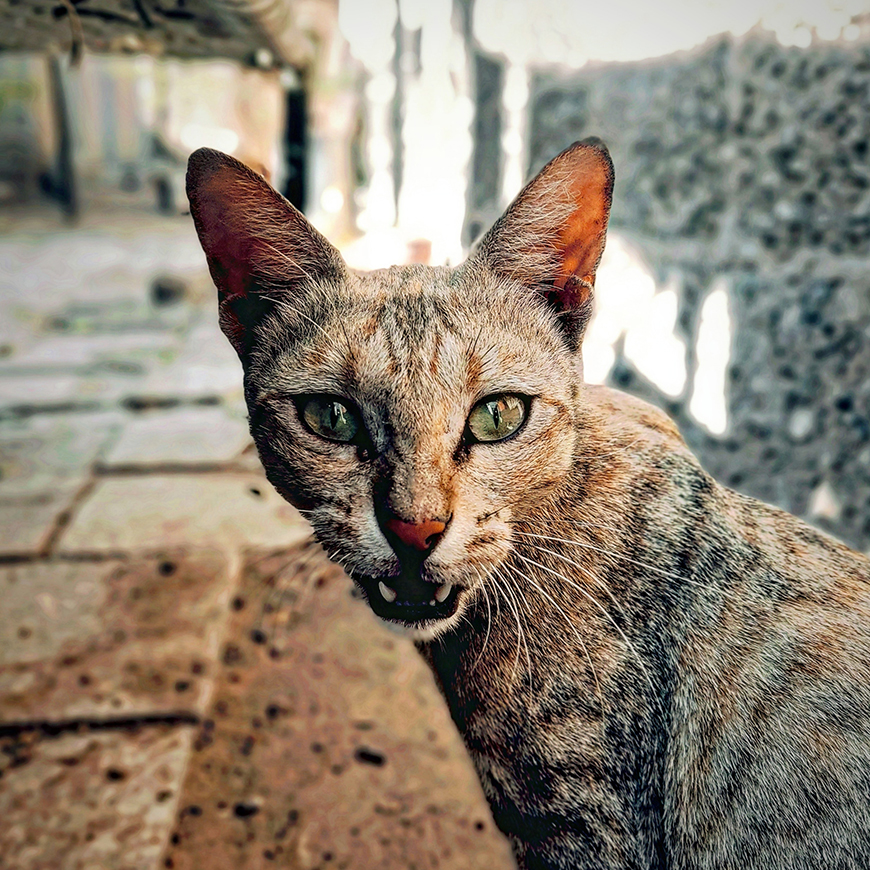
Credit: Abhay Prajapati
When a subject’s expression is centrally placed, it will set the tone for the entire composition
If the subject looks troubled or angry, the photo will need to carry this
Some photos are renowned not because of technique but because of the subject’s expression.
Try to emote emotions in your subject. Either get them to pretend to be angry or to think of happy moments.
A bland expression will lead to a bland photo unless a bland expression is an important aspect of the theme.
6. Correctly Light the Face
Adequately light the subject’s face. If the focus is on the eyes, they need to be well-lit, not hidden in the shadows.
7. Enhance Eye Color
If the eye is golden brown, try adding an element to the composition that is the same color.
This will draw the eye out from the face and will help emphasise it.
Blue eyes are prone to absorbing and reflecting colors of a similar hue.
You can use this to your advantage. Enhancing the color of a blue eye by surrounding it with similar colors.
8. Experiment
Never underestimate the power of experimentation.
It is through experimentation that we can refine and evolve our photography techniques.
Common Mistakes with Center Composition (and How to Avoid Them)
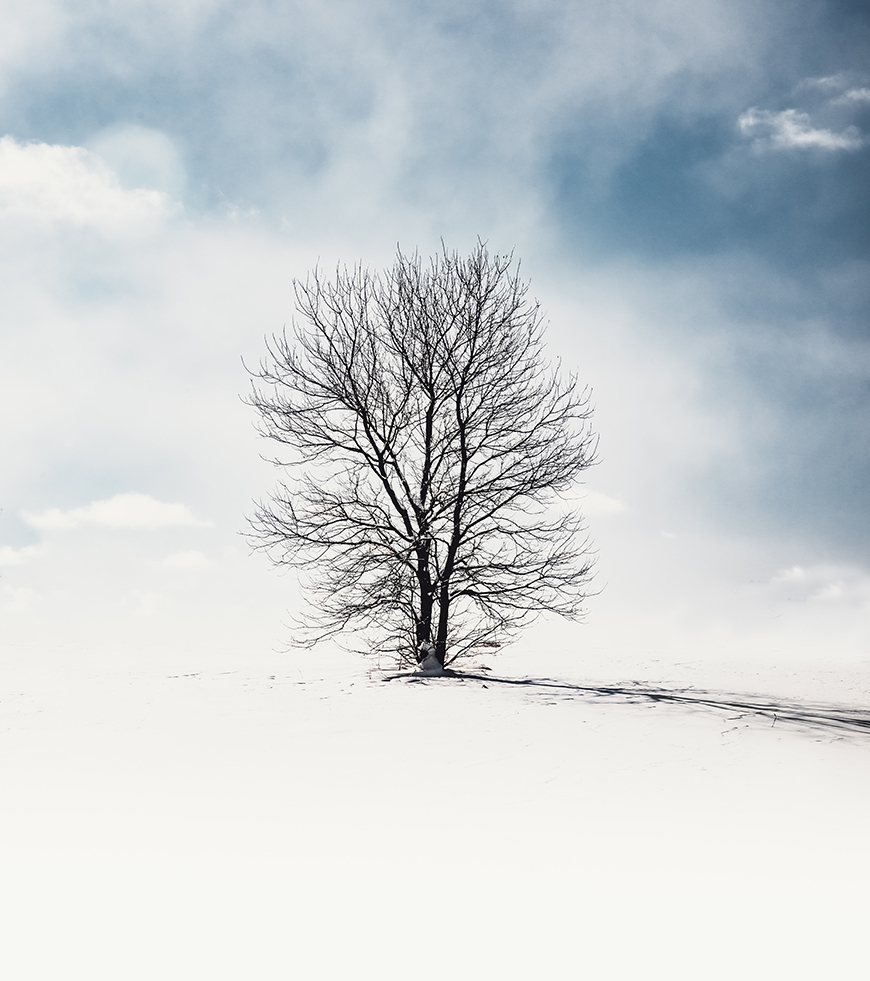
Credit: Todd Trapani
Here are some common mistakes photographers make when using central compositions.
1. Not considering the rule of thirds
The rule of thirds will still play a part in creating an intriguing composition.
Incorporating the rule of thirds can help balance elements in the composition. One example is the background horizon.
The subject will be vertically aligned, and the background is vertically aligned
A background cutting centrally behind a centrally placed subject will be distracting.
Consider applying the rule of thirds to the background. This will ensure the background is balanced and not gaining too much attention.
2. Not compliment the genre
Not all genres of photography are conducive to the use of central compositions.
Examples would be landscape, street and architectural photography.
Centrally placing a road through a landscape can generate an ill-fitting symmetrical.
Although there are always exceptions to the rule. A centrally placed tree can generate intrigue and command the stage.
A centrally positioned doorway can enhance the composition of an architectural photographer
3. Overlooking lighting and visibility
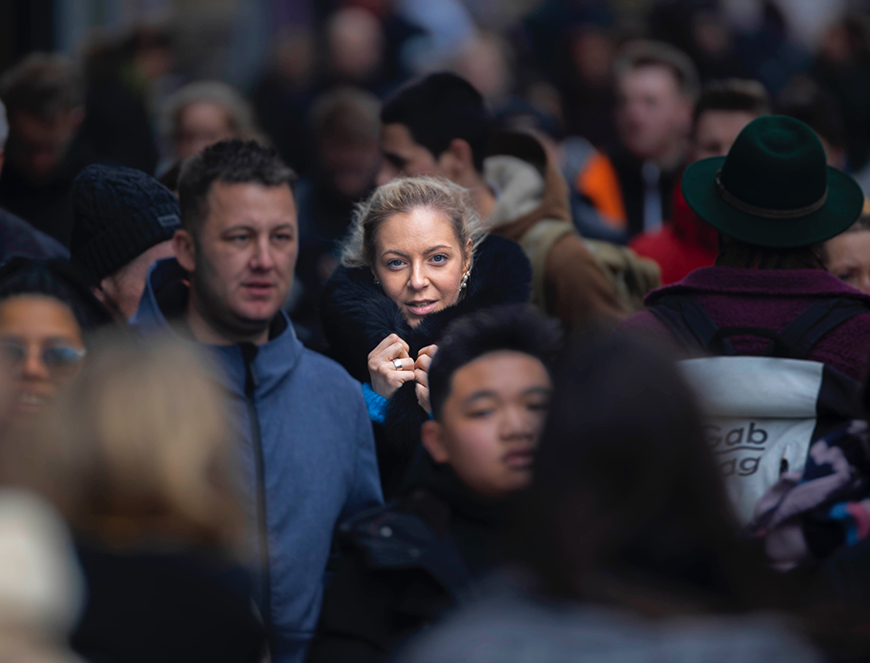
Credit: Andrej Nihil
Centrally placing subjects will not guarantee that they are visible to the viewer.
A subject placed in the shadows will blend in with their surroundings.
It is important in these situations to highlight and contrast the subject. This will enable the viewer to distinguish them from the surroundings.
To avoid this, make sure to factor in lighting when shooting. Lighting the subject will help contrast them so they stand out from their background
Before shooting, check if your subject is well-lit. Experiment with an off-camera flash and other light sources.
4. Lack of Depth
Central-focused compositions can lead to flat images with no depth of field.
To avoid this, you can position elements to create a sense of depth.
Place objects closer to the camera than the subject. This will help separate the subject from the foreground and create depth.
Another way to remedy a flat image is to use leading lines and the rule of thirds.
The easiest way is to apply the rule of thirds to the background.
5. Overuse of central composition
Don’t become overly reliant on central composition or stuck in a habit of using it.
Repetitive use will make your collection of photographs appear stagnant and mundane.
Instead, use a variety of composition styles, center, rule of thirds, and symmetry. This will keep your portfolio vibrant.
6. Lack of distinction
Centrally placing an object won’t always mean it will immediately become the centre of focus.
It can fuse with its background and be left unnoticed.
Another well-lit item will attract the viewer’s eye. They won’t even notice the camouflaged centrally positioned subject.
It needs distinctive, contrasting characteristics that set it apart from its background.
Light it or set it apart from its background with the use of contrasting colors.
FAQs
How do you center a composition?
To centre a composition, be conscious of where the centre is.
Make sure the subject is equally spaced from the edges of the sides of the frame.
If the subject is not centrally placed, you can crop the photograph post-production.
Is center composition the same as symmetry composition?
Centre composition and symmetry composition are similar. They both centrally place the subject.
However, symmetry relies on achieving perfect symmetry vertically, horizontally and radially.
Whereas center composition only requires the subject to be positioned centrally.
Which is better – the rules of thirds or a centered compostion?
Whether the rule of thirds or centred compositions is better depends on a few factors.
It depends on the composition and what the photographer is attempting to achieve.
It will also depend on the aesthetic taste of the photographer and the audience.














